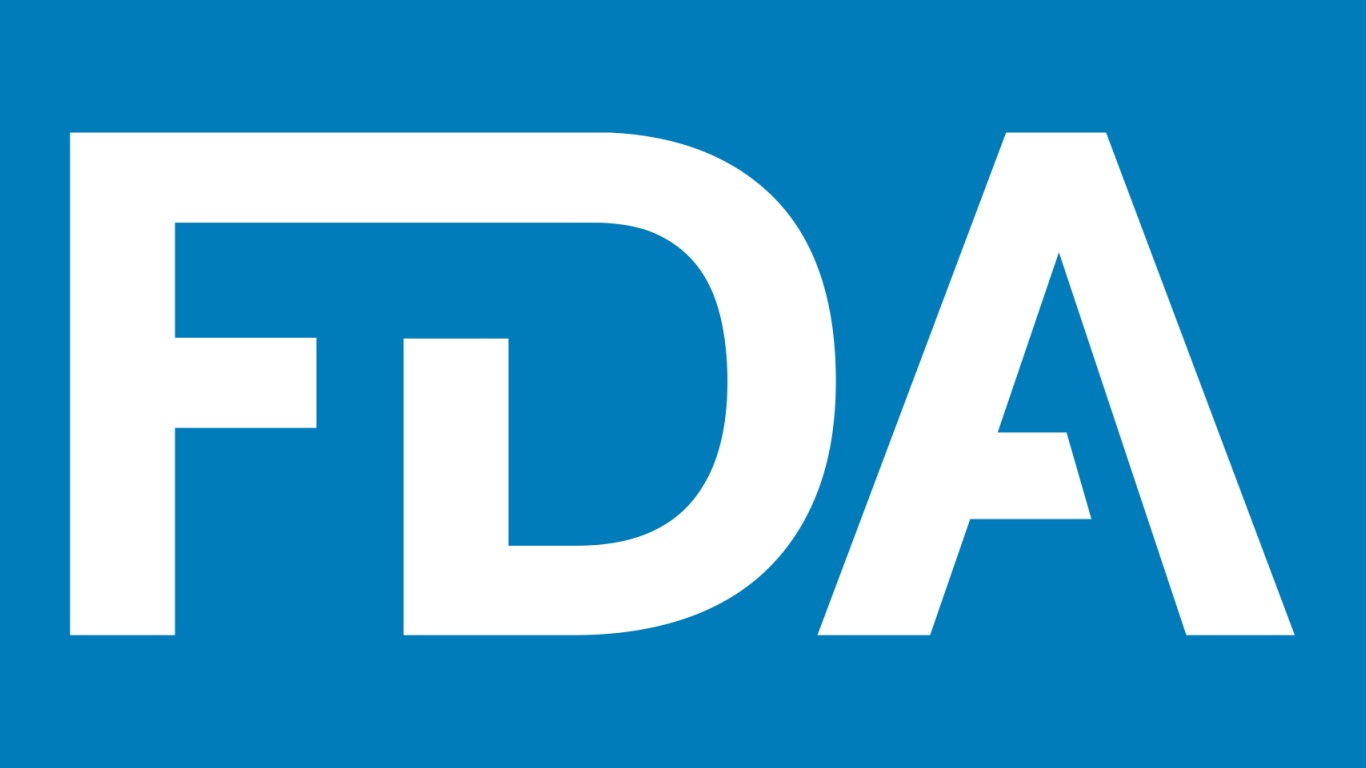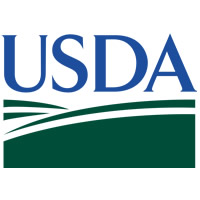
“The agency is continuously reviewing and reassessing the safety of a variety of chemicals in food to ensure the science and the law support their safe use in food, including all four ingredients that are part of the recent California law.”

“The agency is continuously reviewing and reassessing the safety of a variety of chemicals in food to ensure the science and the law support their safe use in food, including all four ingredients that are part of the recent California law.”

At the Food Safety Consortium in October, Steven Gendel, principal of Gendel Food Safety and former FDA Food Allergen Coordinator, offered guidance on when and how allergen advisory—also known as precautionary—labels should be used by food companies.

The USDA has appointed 21 new members to the National Advisory Committee on Microbiological Criteria for Foods (NACMCF), which provides impartial scientific advice and recommendations to federal food safety agencies. Members include experts in microbiology, risk assessment, epidemiology, public health, food science and other relevant disciplines.

Food organizations are undertaking a wide variety of data-oriented technology initiatives and face a profusion of technology solutions vying for attention, nearly all promising new levels of insight and productivity. While the landscape is complex, there are five basic steps that teams can take to help ensure that their technology investments are set up for long-term success.

To meet the goal of improving the food supply, the European Union (EU) has proposed new laws restricting the use of pesticides and other contaminants on crops across all member states. Analysis by liquid chromatography-mass spectrometry can provide the data to guide decision-making about changes to farming practices necessary to produce safe, healthful crops.

Food safety professionals, members of the FDA and USDA, and leaders in academia, food safety testing and cybersecurity met in Parsippany, New Jersey, for the 2023 Food Safety Consortium, where FDA reorganization, risk mitigation, recall trends and cybersecurity took center stage.

High pressure processing (HPP) is a nonthermal food preservation technology that extends shelf life while maintaining quality and safety. Automating the HPP process increases efficiency, reduces labor costs and injuries, and provides traceability and reliability. HPP automation is helping companies maximize productivity and meet consumer demand for high-quality, fresh products.

Rodent control is crucial to maintaining a safe environment in commercial facilities. Fortunately, there are many organic-certified rodent control methods that facilities can use to maintain their certification while helping to lower the risk of infestations.

“This acquisition puts us in the unique position of providing North American consumers with the most expansive network of freezing and distribution on the continent. Together, our combined strengths will propel us to new heights, quicker and with renewed vigor.”

Ideally, a commitment to food safety begins with management and permeates through the organization at all levels. And today, we have a range of digital tools that can help companies develop and maintain a strong food safety culture, by disseminating information quickly, providing training for a variety of learning styles, and monitoring compliance with both regulatory requirements and organizational standards and practices.